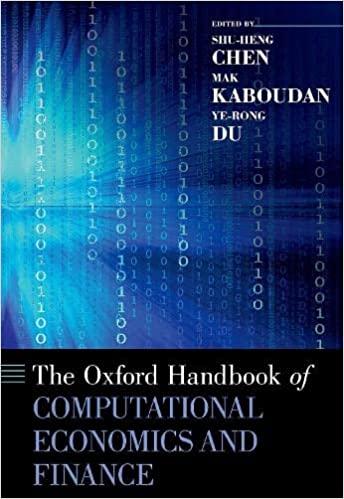Homework #4: Risk and Investment Decisions Submit your step-by-step solutions in a Word document!! John, a Minnesotan farmer, thinks that his business would benefit from additional investments. However, he is not sure what option is the best option. John has three options. John can choose to invest in one option or in a combination of options. (1) To buy the land of his retiring neighbor (EL) (2) To build a cooling system (CS) for his storage shed so he is less susceptible for price risk (3) To invest in stocks and bonds (SB). The production is not affected by this. The investment options are correlated. When investment option 1 (EL) is doing well, investment option 2 (CS) also will ( p=0.3 ). Next to that, investment option 1 (EL) is negatively correlated to investment option 3(SB;p=0.5). Investment option 2(CS) is positively correlated to investment option 3(SB) with p=0.1. The average rate of return and standard deviation for the investment options are given in Table 1. Table 1. Risk and Rate-of-Return trade-off 1. John is risk averse. Which investment does John prefer? What would he prefer if he was risk seeking? Which investment would you choose and why? John, a Minnesotan farmer, thinks that his business would benefit from additional investments. However, he is not sure what option is the best option. John has three options. John can choose to invest in one option or in a combination of options. (1) To buy the land of his retiring neighbor (EL) (2) To build a cooling system (CS) for his storage shed so he is less susceptible for price risk (3) To invest in stocks and bonds (SB). The production is not affected by this. The investment options are correlated. When investment option 1 (EL) is doing well, investment option 2(CS) also will (p=0.3). Next to that, investment option 1(EL) is negatively correlated to investment option 3(SB;p=0.5). Investment option 2 (CS) is positively correlated to investment option 3(SB) with p=0.1. The average rate of return and standard deviation for the investment options are given in Table 1. Table 1. Risk and Rate-of-Return trade-off 1. John is risk averse. Which investment does John prefer? What would he prefer if he was risk seeking? Which investment would you choose and why? John can't seem to make up his mind and is therefore considering a combination of investments. He is thinking of the combinations (the first three represent the previous question) represented in Table 2








